-
Posts
248 -
Joined
-
Last visited
Content Type
Forums
Detector Prospector Home
Detector Database
Downloads
Posts posted by karelian
-
-
Yes EarnestRooster, when it comes to minimising ground noise and maintaining smooth operation there is only one rule. Whatever works... In theory 10 is optimal, but by advancing it a bit to 12 etc.. and reducing ground noise then why not? In my case as long as I can keep hitting that one grain ingot then I know I have all the sensitivity I need on small targets. We can run the machines 'hot' and pick up ground noise etc, makes for hard work trying to distinguish targets from background noise. Set it up to run quiet and enjoy a smooth and stable threshold, less tiring and you will more easily pick up faint targets.
The smaller the coil then the less ground noise you will pick up. Also better sensitivity on smaller targets. So that 7.5 DF should be mounted on the detector and all it's capabilities fully investigated. A choice in coils is always a good thing. Making for a more flexible set up. Don't forget the conductivity switch. I run mine in ALL and LOW when prospecting. LOW conductivity setting will settle it down on hot ground, but generally stay in ALL depending on circumstances. A fun machine with many choices. As you gain experience your technique will develop and you will enjoy it even more.
Again all the best,
Karelian
-
EarnestRooster, thanks for the timely response. The 3 x lead shot is a good sign, shotgun pellets tell you that you have tuned the machine correctly and maybe some time soon when you go to dig up another pellet it turns out to be a pleasant surprise...
When tuning the detector I always try to keep pulse delay at 10 when prospecting, but don't be shy to experiment. You will find that by changing the delay in does influence ground balance. Also the ground varies a lot in Victoria, I always carry a test nugget. To be more specific I carry a laminated card with a 1 grain ingot. This allows me to quickly test which settings give the best signal in that particular location.
Very pleased to learn that the Hi-Q coil has no issues and works well. The very best of luck with it.
Lots of good areas around Bendigo, fantastic location. Go to Earth Resources Vic Gov, free downloads of decent maps. I found the old Sandhurst Goldfield map download there, it's a beauty. Loaded it on a USB and printed a large hardcopy for myself. Bendigo is a great little city, cinemas, good accommodation, lots of history, great food etc. Then ten minutes drive into the middle of the goldfields.
Compliments of the season and all the best in the new year.
Thanks,
Karelian
-
Does it matter what machine we swing, the brand or model, old or new. As long as it gives us pleasure to do what we do and we sometimes find something to excite the imagination.. My detectors and I have a catalogue of happy memories... Early mornings in summer, the colour in the sky, the sounds and smell of the ocean... very few people about in the early hours. When I'm old and frail I'll cast an eye over the Musky hanging on my display wall, many fond memories.
Best wishes for the jolly season and a wonderful new year to you all.
Karelian
-
Quick air test with ground balance off and gain near max. No EMI present. 2.5 cm equals an inch..
Us Buffalo coin 35cm
1/2 Soveriegn 40cm
Australian Penny 40cm
1 OZ silver ingot 45cm
Us Quarter 40cm
.5 gram gold coin 30cm
1 grain gold ingot 4cm but only detectable in centre of coil.
Not too bad for an old girl. We will share many more summer sunrises for years to come.
-
For a long time my Minelab Musketeer Advantage was my top dry sand beach detector. It ate up large areas of sandy beach quickly, key factors were speed combined with depth. Decent disc, mated with that strong good target signal compared with the 'spitty' disapproval of trash.. simple audio no meters etc, fast and efficient. An Explorer Se Pro handled the wet sand until the White's Tdi took over that role. The old Musky sat unused for a long time whilst the Xl Pro and MXT saw plenty of action.
The purchase of a Ultimate 13 coil has rekindled an old love affair and breathed new life into the Musky. Good size and performance combined with light weight has turned into a winning combination. This rig balances beautifully and the coil feels as if it is floating in the air, the detector is weighty but the balance more than compensates. With the Musky mounted on a GPX upper and under the sheepskin cuff, balance is perfect. Switches have rubber boots to keep sand out and the machine is off the ground on a DIY stand. I only use it on the dry beach sand, sports fields, parks or other low to medium trash areas covering large areas. This setup just covers ground fast. Flexible fast, moderate or slow sweep speed, it doesn't care. Simple audio disc, when in doubt dig it out. Fast and deep.
We have many modern digital lightweight detectors to choose from but this old analogue machine still performs and with a modest investment, that Ultimate 13 coil has breathed new life into the Musky. I'll get a few more years out of her yet.
All the best,
Karelian
-
EarnestRooster, please let us know how the Hi-Q coil performs, many of us are interested to know how it handles hot ground. My personal experience is that the Tdi SL likes the smaller mono coils when the ground gets really nasty. Your perspective would be most welcome and would give us all some user insight. Good luck with your new machine, I'll be out on the Victorian Goldfields myself for a day or two before Xmas looking for a big one.. or a little one..
Thanks,
Karelian
-
-
Tony's machine has lived out most of it's life in a box, whilst mine has been 'out' in the elements. All my White's machines get an wax and polish once a year. Coils also, even cables and plastics. To assist in keeping the machines clean I use detector stands to keep them off the ground, protective covers whenever necessary. The MXT and XL PRO share Thesaurus covers for the body of the detector, factory meter cover for the MXT and a custom job for the Pro. Coil covers are used with tape to prevent dirty getting between the cover and coil. Some of my machines have seen heavy use and are ten years old plus, still look good to me. Must say White's machines are solid and well made, built to last. As the body ages and things start to ache etc, I may look at much lighter machines but for now I am content. I can see the Tdi Pro hip mount option being explored..
All the best, Karelian
-
Tony is waiting for the postman to bring him that 'package' he now owns.. should be there well before the big day. Hope you have room under your tree..
These machines deserve to be used and appreciated. Goodness knows I didn't need a 'spare'. Yes minty, closet queen now rescued by Tony. I wish you well with your new 'toy' and may it bring your much success and happiness. When I use mine I'll think of you out West doing the same. Possibly the only two near as new XL Pro machines in Australia..? Love that Royal 800 coil, push the gain and it will bring home the goods whilst running smooth and stable. All the best, Karelian
-
Not sure if I should classify this machine as an antique, perhaps classic analogue fits best.
It seems to have some following in the USA, but in Australia it is a rare beast. My first Whites was a blue box 6000 series that swallowed a lot of batteries and was more than heavy. For better or worse I ran in on GEB MAX most of the time. It punched deep and performed well. Built to last, the 6000 series still show up here and there. The MInelab Pi revolution was well on its way when the XL Pro appeared and so it never gained many followers downunder. Years after getting an MXT I noticed the XL Pro online and researched it. After a few years I managed to buy one and found it an excellent all rounder to compliment the MXT. It's reputation seemed well founded and in my experience it performs very well. Not my first choice on the goldfields, but it can be made to work and the older blue box machines found a lot of gold in the early years. Excellent balance like all White's machines, good depth and stable performance make it a winner. I enjoy swinging this old classic and will continue to do so for many years to come. Love that meter, fantastic audio and good looks... Karelian
-
-
There may be some confusion on just how this battery conversion was done. Some extra images just to make it much clearer. The original White's plus and minus tabs were modified and retained. A copper 'bridge' on the other end. A carbon fibre cover allows the use of the 18650 cells. The option of cutting gutters under the batteries and a spacer in the middle to secure the cells. A minimalist modification, cells are removed for charging which has some advantages. Hope the images make the process much clearer.
Karelian.
-
It is a rare year I don't see a snake, often more than one. In Victoria's Golden Triangle it is the Eastern Brown snake that is most common. The Brown Snake family is responsible for the majority of deaths from snake bites in Australia. This species is known to have a 'bad attitude'.
I'll admit that my arse twitches like a rabbit's nose every time I encounter one.. staying calm after a strike would be a challenge. I always wear boots, with snake gaiters during the warmer months. In bad years the flies and ants have driven me off the goldfields before the snakes are fully active. Usually in summer I switch to beach mode... Karelian
-
vanursepaul, I've seen that video and we are on the same page with the bandages. In addition to the snake bite kit, I got a few larger bandages as extras for my vehicle first aid kit and for my home also. Those indicators make it easy to get the pressure just right. Hoping I'll never need to use them. Karelian
-
Taipan or Inland Taipan aka Fierce Snake, untreated about an hour, if you don't run around panicking and pumping the poison through your body. Stay calm and apply first aid without delay and you can at best, multiply that by seven. That is seven hours max, sometimes much less.. too many variables involved. Australia's worst snakes, Taipans and Brown snakes have shortish fangs, the poison is effectively prevented from spreading by using a pressure bandage, ie immobilizing the limb. Given the vast distances in Queensland and Western Australia, an optimistic seven hours may not be enough. In most other states it is probably long enough, just don't take too long smoking that cigarette. Please don't stop for a beer either..
My GPS and digital maps keep me up to date on my location at all times. I also carry a 5W handheld UHF, mobile etc Enough for Victoria and the Golden Triangle, not good enough for the greater outback. Rent a Satellite phone for the real remote areas of Australia and upgrade vehicles and equipment accordingly..
My first aid kit contains an excellent snake bite first aid kit, with extra bandages since the beggars sometimes get more that one bite in..
I do the best I can to protect myself and others I travel with. Technology is allowing us to be better prepared and equipped to meet the challenges that we may encounter. Yep, worst case scenario at least they will know where to find the body.
Karelian
-
Good boots and hats are nice, a Personal Locator Beacon is a life saver. A hot topic among prospectors in Australia, particularly for those who are out of mobile phone coverage areas in remote regions. For the price of my boots I purchased a beacon, it is registered in my name with vehicle details and phone numbers etc. I can go online and update details of trips and plans etc in my beacons account. A cheap life saver that has been credited with successful rescues not only saving lives but also lots of tax payer money when it comes to searches for lost individuals or groups. Local authorities and police love the idea of PLB's and are not shy about denouncing people who get into strife and are poorly prepared.
The size of a pack of cigarettes with a ten year battery, for less than the cost of a good pair of boots... ability to summon help anywhere, I ran out of excuses and opened the wallet. It is now part of my kit whenever I venture out into the bush. With poor mobile phone reception in some of the areas I travel in, this technology provides peace of mind for a reasonable cost. Karelian.
-
vanursepaul cannot help but notice how much surplus or military style gear has found its way into my prospecting camping equipment. Often the only criteria I have is functionality, price and durability. Watching the video I noticed the boots, often the most undervalued item by many, but not by ex infantry. I learned the value of good socks and boots when still in my teens, a life long lesson. At the moment I use the Haix Black Eagle Athletic boots in desert tan. No metal to set off the machine and superb in hot dry environments.
Work or play, I take pride in my kit. It might not always be the best or most expensive, but I'll have looked after it and be confident it is up for the job.
All the best, Karelian
P.S. In summer, just amazing how many people venture out into the heat and blazing sun without a hat. Maybe I'm old fashioned but a good hat is invaluable in my book.. mine is a bit 'distressed', or well worn. I hear people pay extra for that...
-
Mugsy you are spot on. They say a picture is worth a thousand words, you can see how solid and well designed it is. Well used by the time I got it, but built to last. Weighty compared to lesser picks but that translates into hitting power. The dinky fibreglass job was my second pick after a lightweight Garrett pick, then tried a local home made one, fitted with heat shrink rubber for crevicing, finally found the CC Pick and there is no where else to go after that. All picked up at Sunday markets second hand. Chap that sold me the CC Pick told me it was a Walco, either way for the price I was on a winner. The purchase of the CC pick meant I had to give serious consideration to how it was carried. That led to the rig I use today. The journey was worth it. Karelian.
-
vanursepaul I hate the nasty plastic taste of water from new bladders, so I used denture cleaning tablets, mint flavoured to clean 'treat' the bladder. After a while problem solved. Also used sugar free diet cordial, lime flavoured, a very weak mix was ideal. Just make sure it is diet sugar free. Not sticky and easy to clean. Yes if there is a deep hole to dig, the rig comes off and the gloves go on. Can never dig too many deep holes when chasing 'those deep pesky lumps.' Karelian
-
flakmagnet yes water is key in Australia, adequate supply is a life saver. Bladder is 2 litres with 3 litre upgrade possible.
I can add two milspec 1 litre water bottles into the set up pictured. One bottle into the utility pouch that holds the trowel, plus another into the pouch on the back of the bladder holder. In summer I carry 4 litres of water, and I tend to drink a lot of it, at other times of year I'll put a thermos into the pouch with hot liquids. Versatility is key, set it up as circumstances dictate. I use the water bottles that are milspec, so will not melt in hot Australian sun, large opening to allow ice cubes. Gave up on the old school bottles after getting used to ice cool water on a hot day.. Karelian.
-
If memory serve me correctly as a 17 year old I found myself swinging a Garrett A2B in one arm, the other arm holding a pick over my shoulder. No hat, no water, not GPS, just enthusiasm.
Those days are long gone, getting back into electronic prospecting I found myself using a sling bag, it held water, gps, phone and a 5w handheld radio. A small pick hung off it and until I got myself a larger pick it was adequate. Problem was that I always had a reason to return to the car for something, which ate away at my swing time. I needed to equip myself so that I could operate for hours without needing to return to the vehicle. The addition of a decent size pick forced me to adopt a rig that allowed a large degree of independence. A molle battle belt and suspenders combined with a heavy duty leather belt formed the basis of my prospecting rig. A leather holster for the large pick, first aid kit, two way radio, GPS, phone, water bladder and water bottle, etc. I can simply add or detract as circumstances dictate. In remote areas I have a Personal Locator Beacon and additional safety gear, at other times an Ipad and phone replace the PLB. Snake first aid kit at all times, one in the car and one as part of the permanent first aid kit on the rig. I always leave trip information and details with family before going out, keep my first aid training up to date and maintain my gear, with particular care for keeping the car up to spec at all times..
I can now go out detecting without needing to return to the vehicle for a whole day. No more time wasting going back and forth, more swing time results.. safety and convenience.
Pays to keep the gear mounted on the rear panels of the belt away from the front, less interaction between the detector and stuff. Easier to bend and dig. The water bladder carries 2 litres of water with ice cubes to keep it cool all day. The weight goes unnoticed and the pick is back far enough to not interfere with the detector. Set the rig up correctly and balance your load, the weigh disappears..
The rig in the pictures is my second attempt using a better battle belt and harness. Easier to thread the leather in and out between molle panels to hold the leather pick holder.
Because of this rig I tend to wander off further and further, making the GPS and a map even more essential. The GPS to mark the location of the vehicle and to mark interesting locations, the topographic and geological map allows trip planning on the go.
All a far cry from the 17 year old swinging the Garrett A2B with nothing but a pick.. All the best, Karelian.
-
Minelab GPX series lower shafts. Doc's detecting lowers are made for GPX machines etc. Yes perfect fit for all TDI uppers. Just need to fix the spring clip set up. Karelian
-
When using Minelab compatible coils such as Nugget Finder Sadie or Detech 8" mono, I use Minelab lower rods. They are the same diameter as the White's. Just need to fit a new spring clip. Use quality steel spring clips. Fit the coil to the rod, use the cam lock to hold the lower rod in place after you have adjusted it for length, balance etc. Use the White's upper to work out where to drill new holes in the Minelab lower rod. Drill holes and fit new spring clip, works well. The Docs Detecting carbon fibre rods I use are longer than the standard White's rods and are close to the length of the 'tall man' rods. There will be no flex and your detecting rig will be tight regardless of the size of coil. All the best Karelian.
-
Looking for more information I Googled HI-Q, encountering articles on building higher output coiled antennas. So antenna technology or research translates to metal detector coils? Hence the new patents? The name intrigued me. Mentions of different materials, copper and coatings, spacing, different frequencies, thickness of wire etc, in the antenna article. Good luck to White's if they have managed a step forward. Karelian



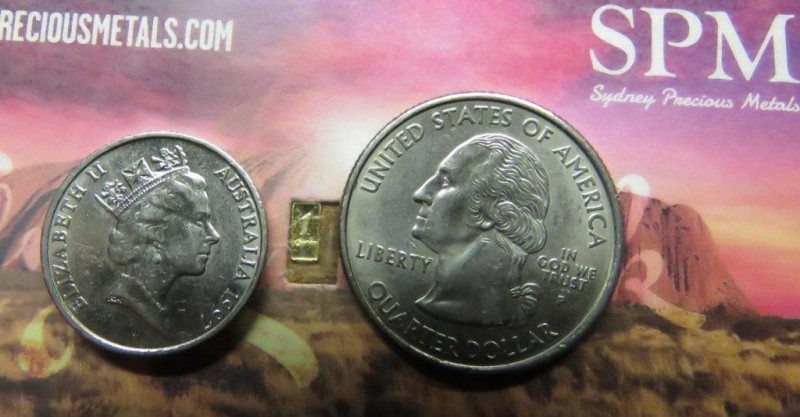
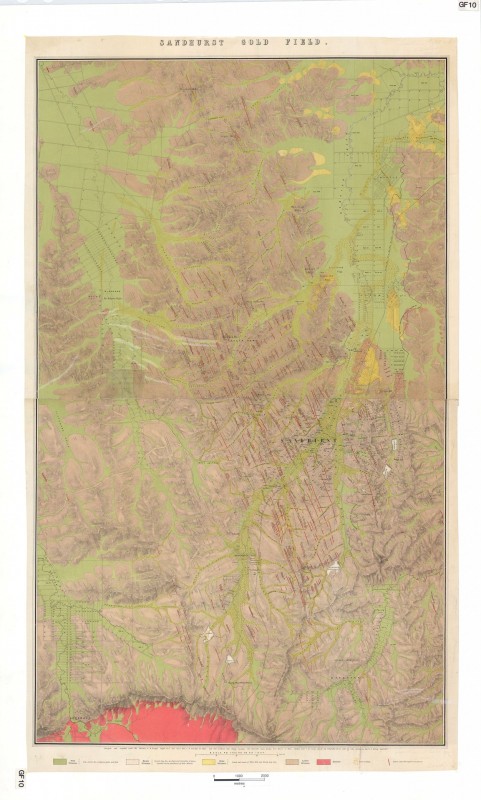
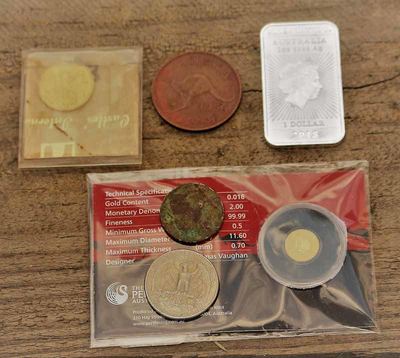
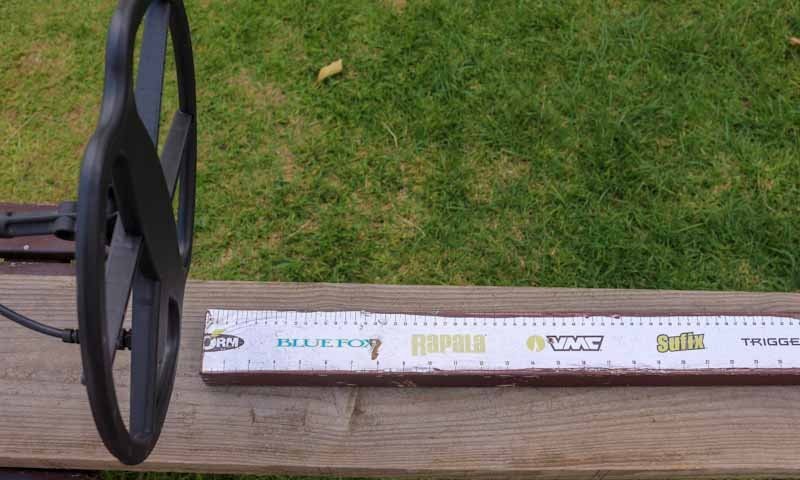

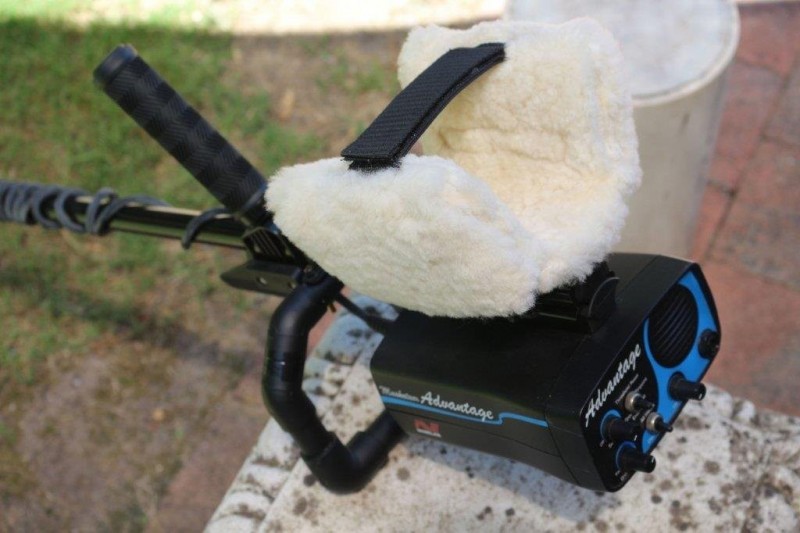
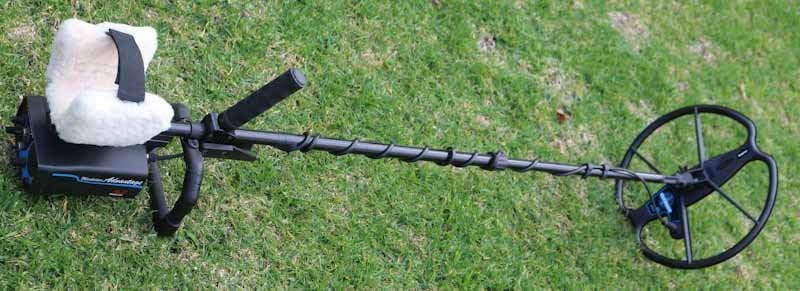
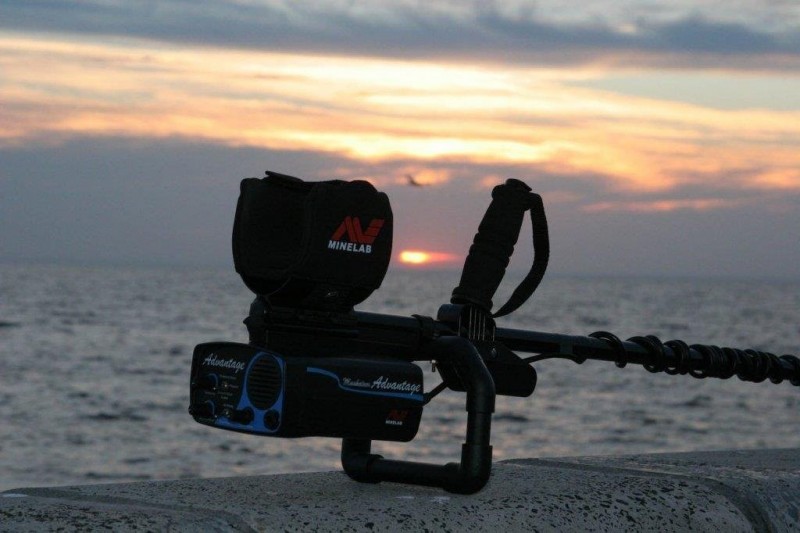
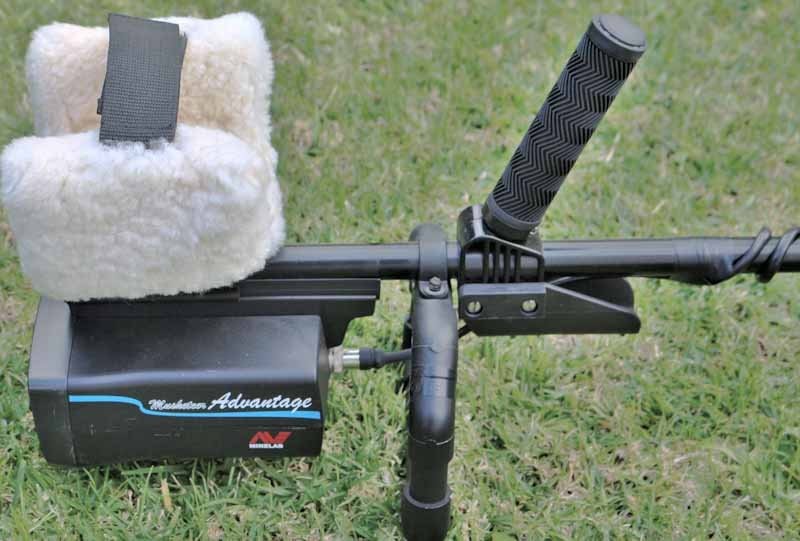
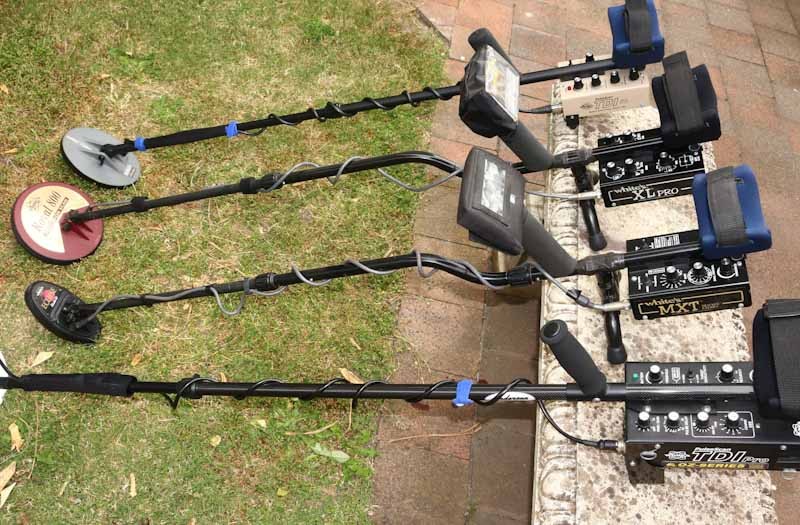
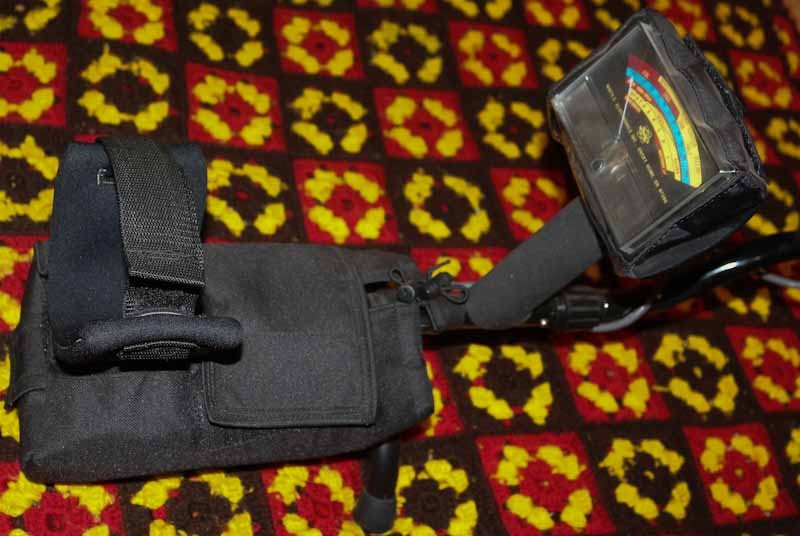
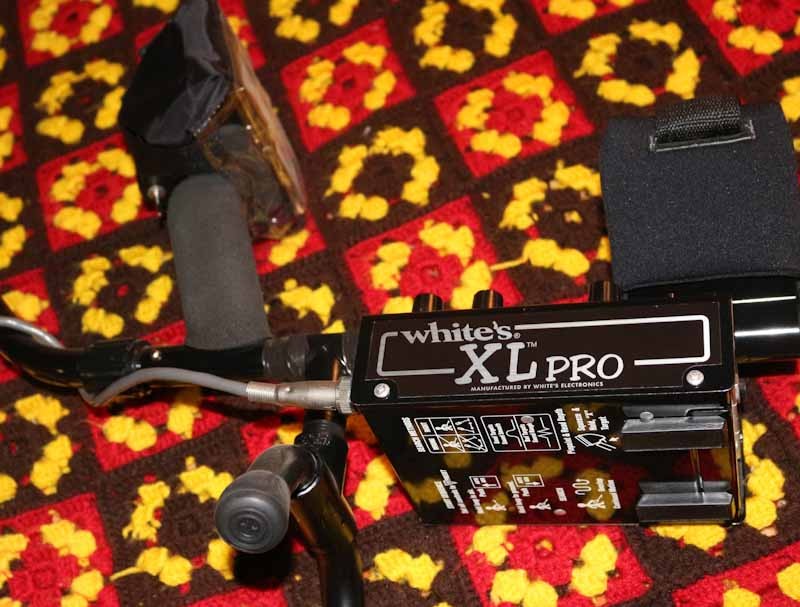
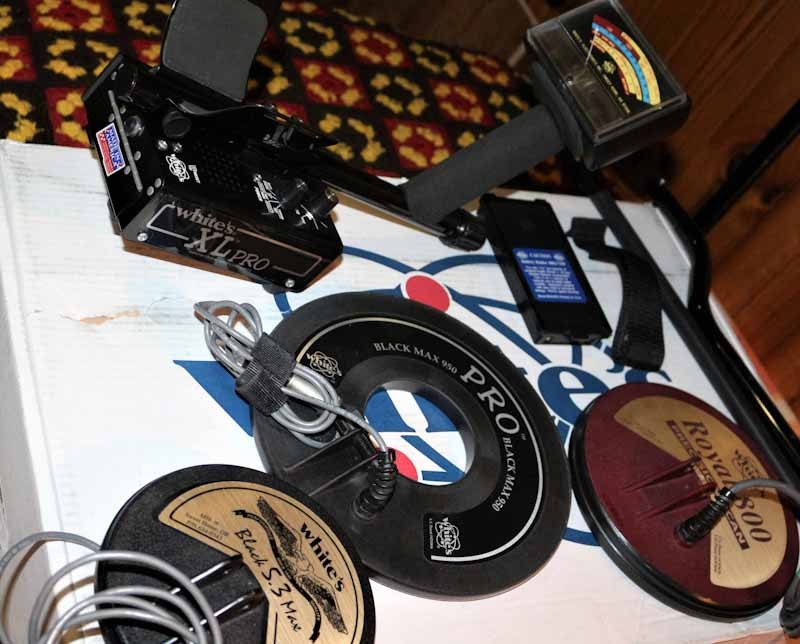
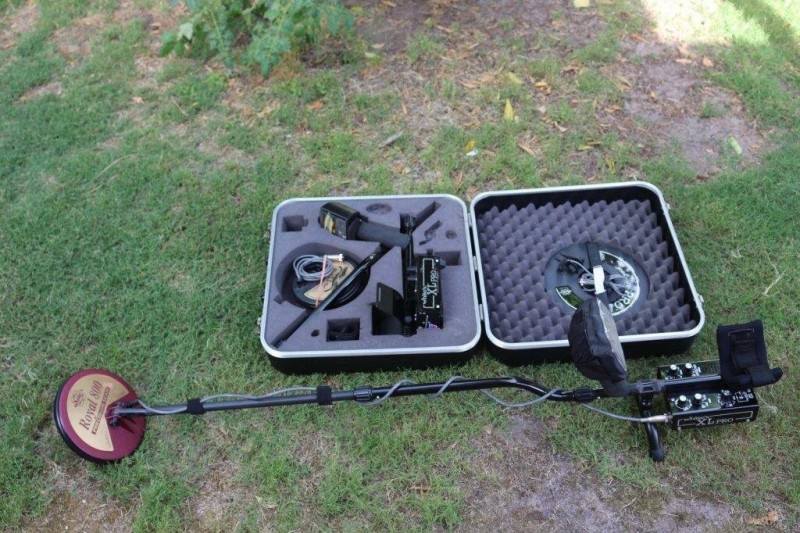
_edited.jpg.8403703457533fdc26336d077933965e.jpg)
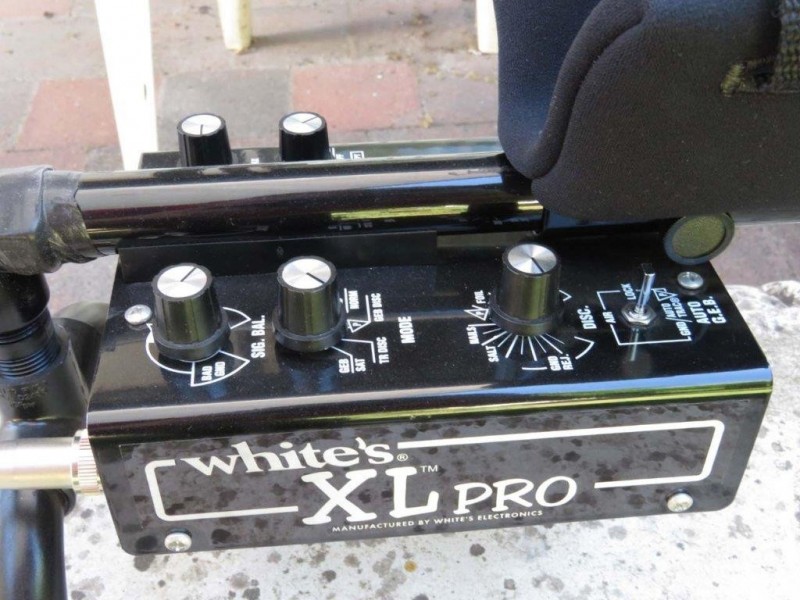
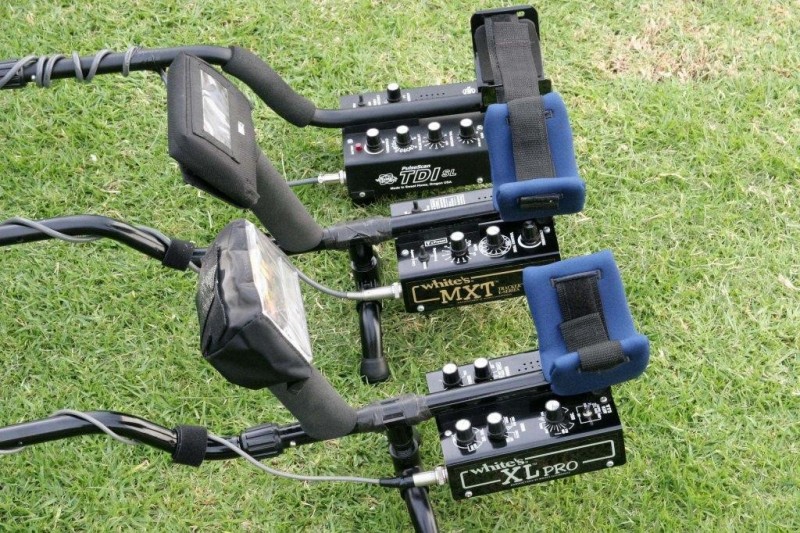
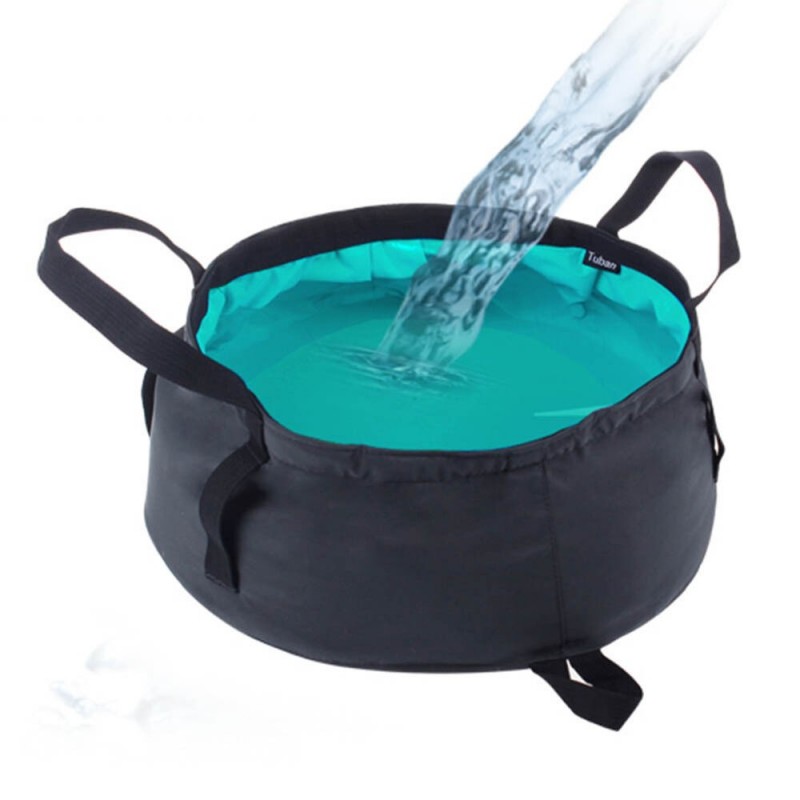
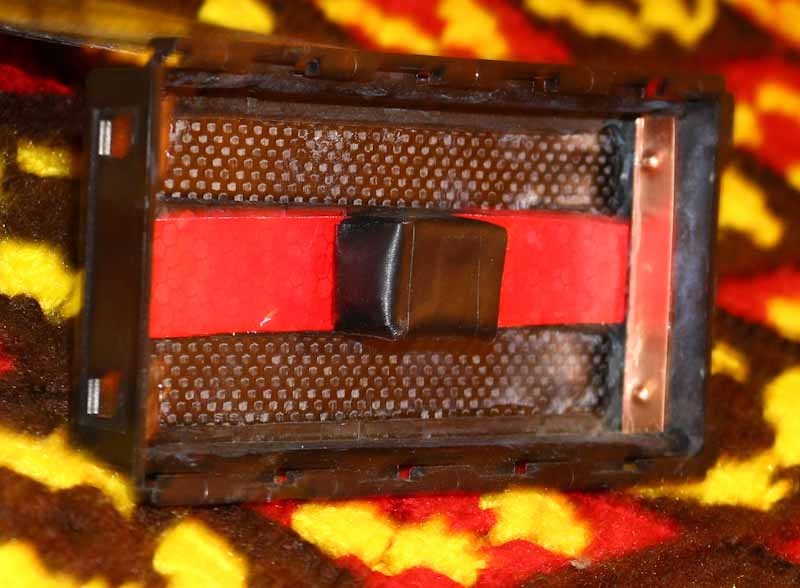
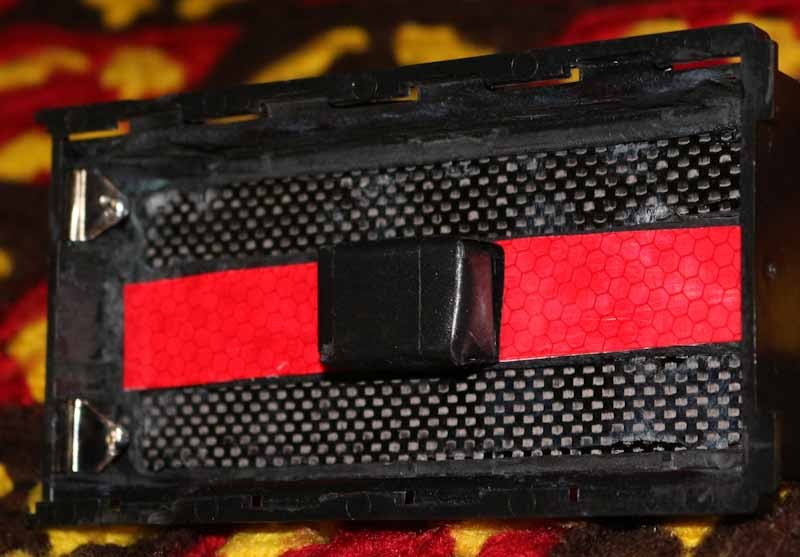
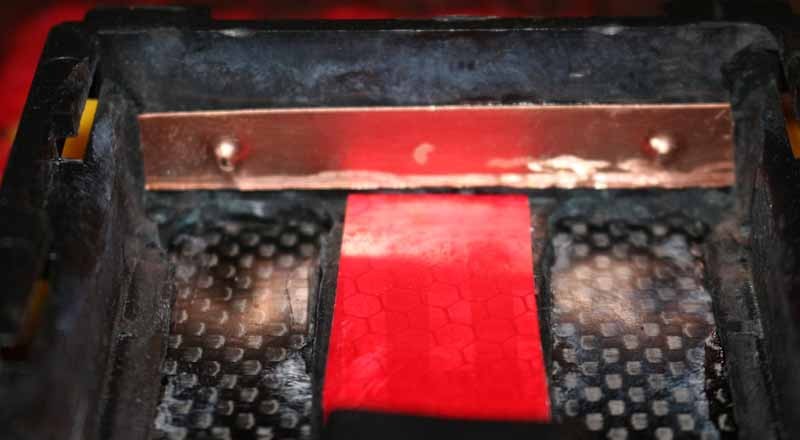
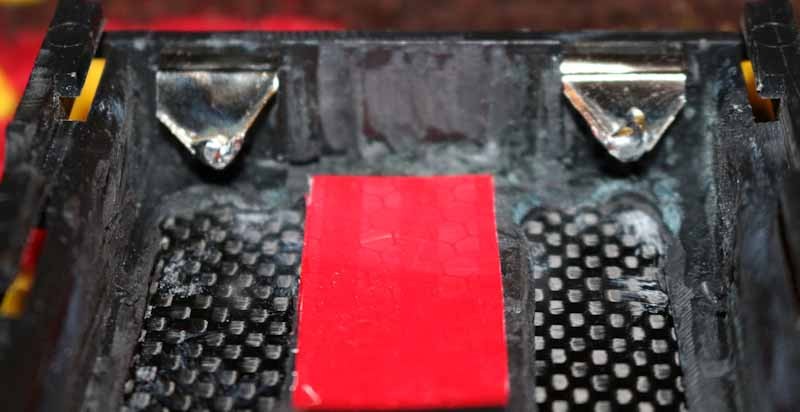
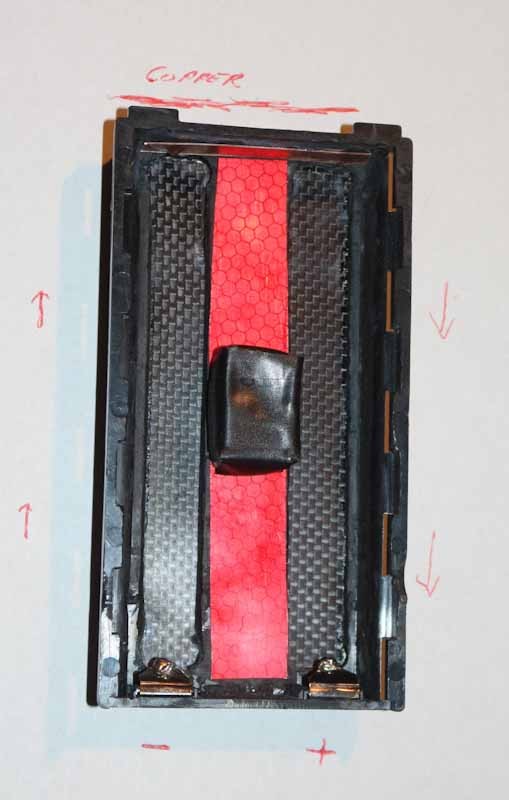
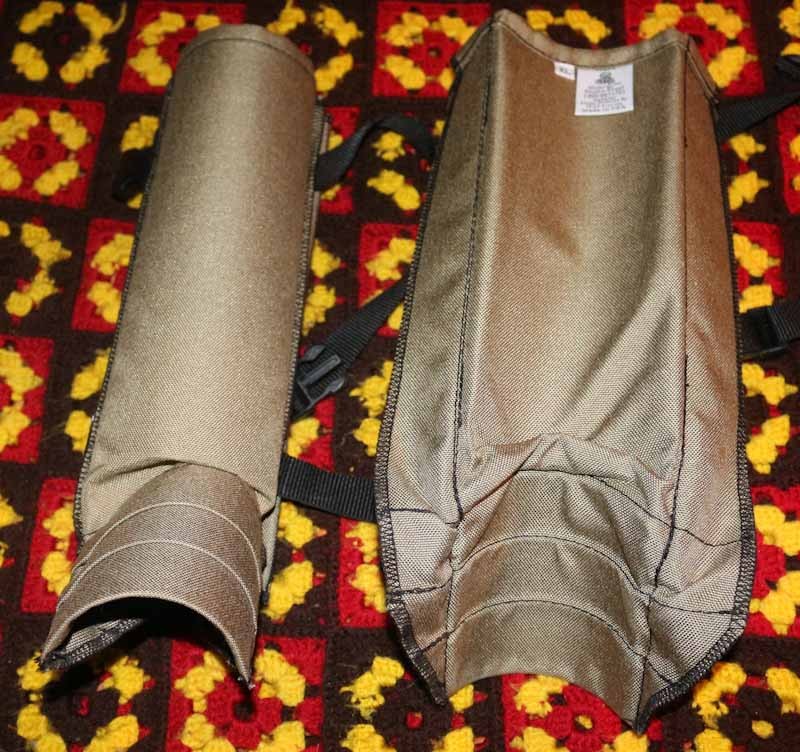
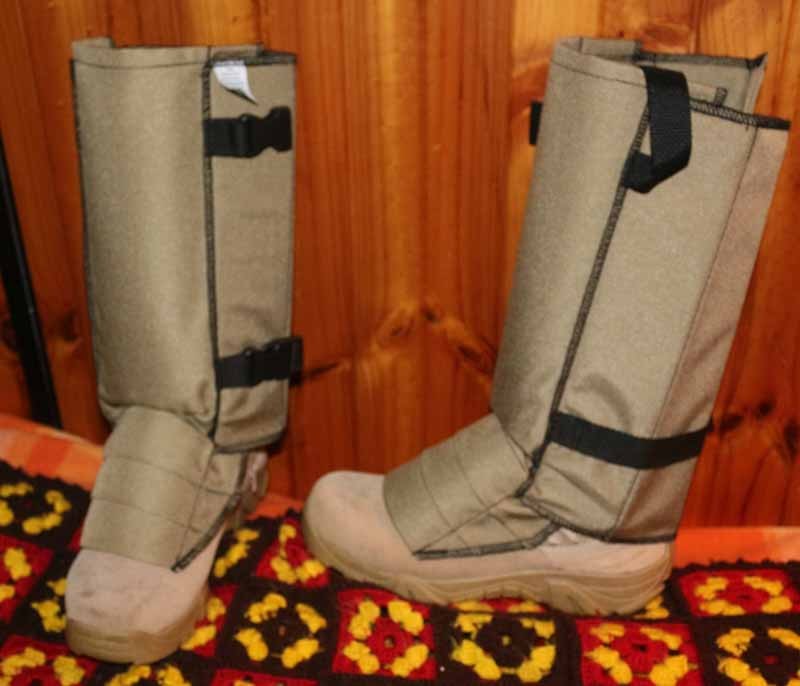
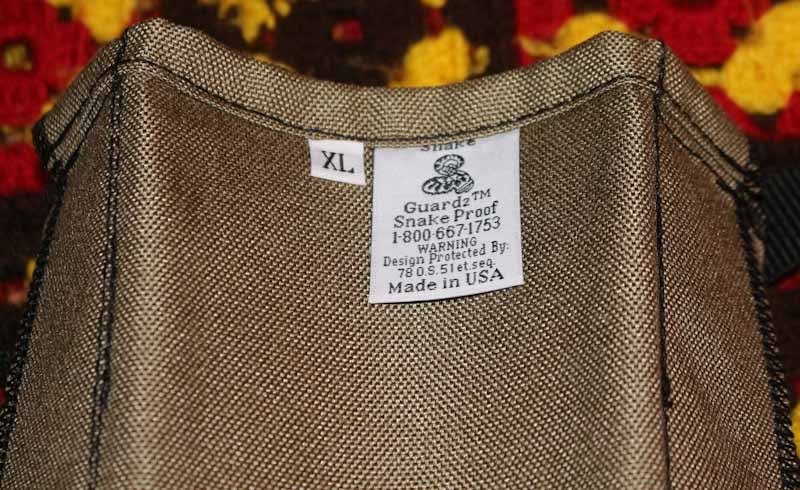
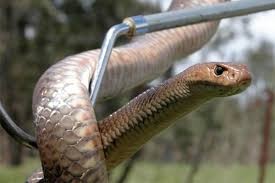
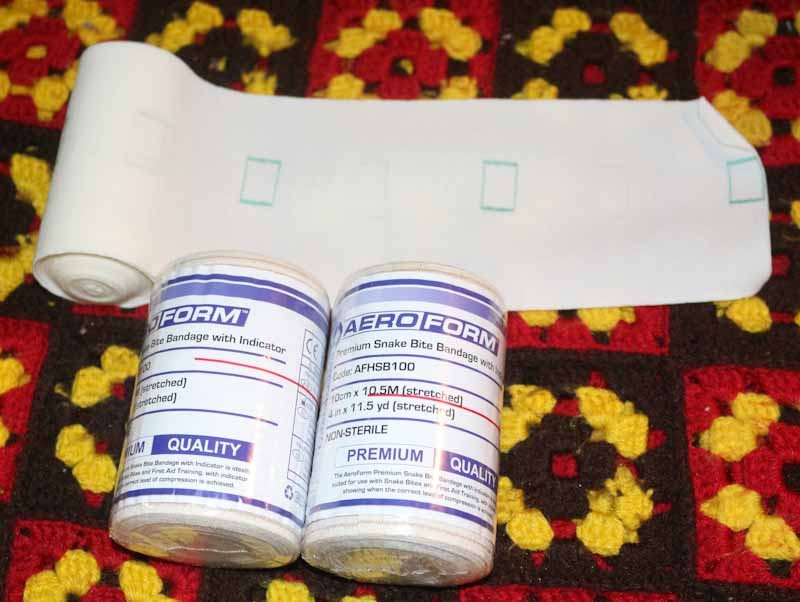
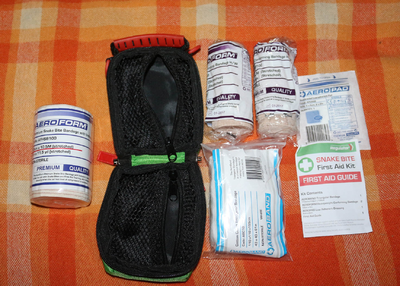
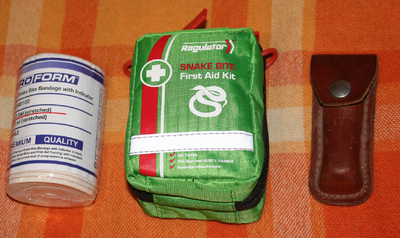
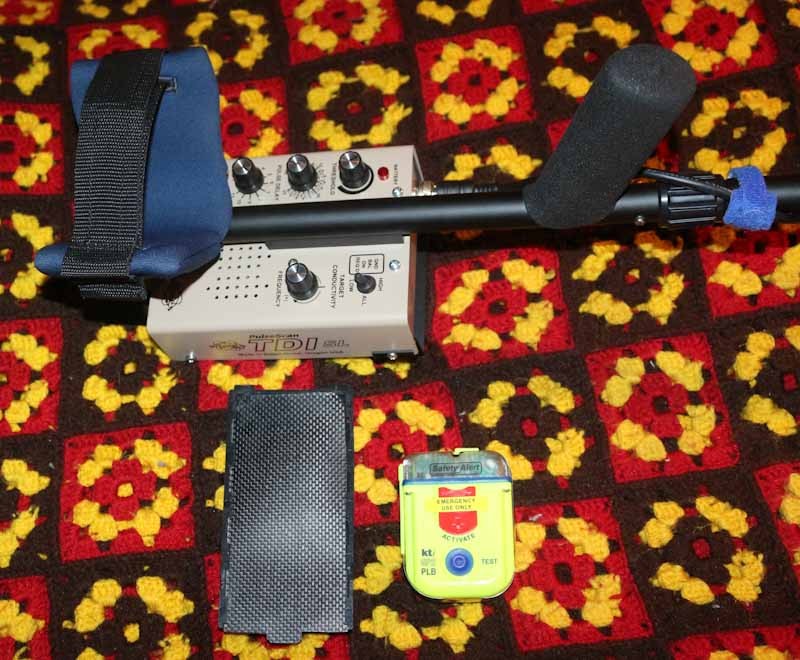
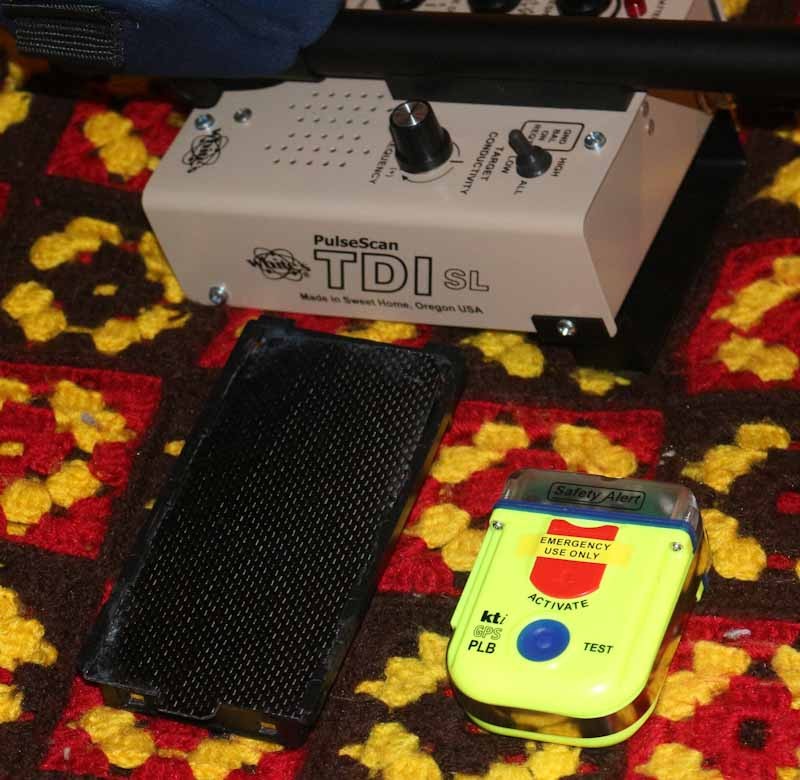
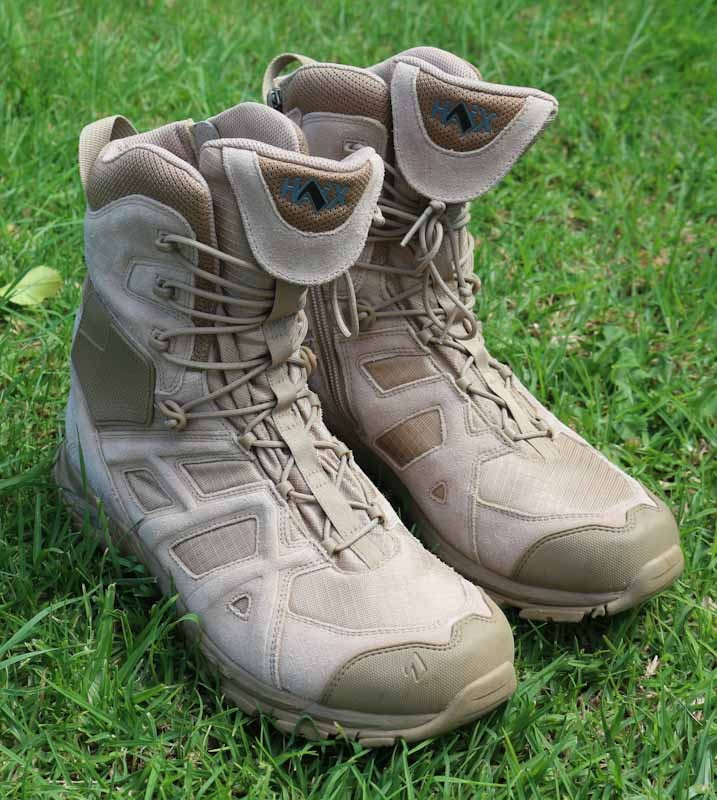
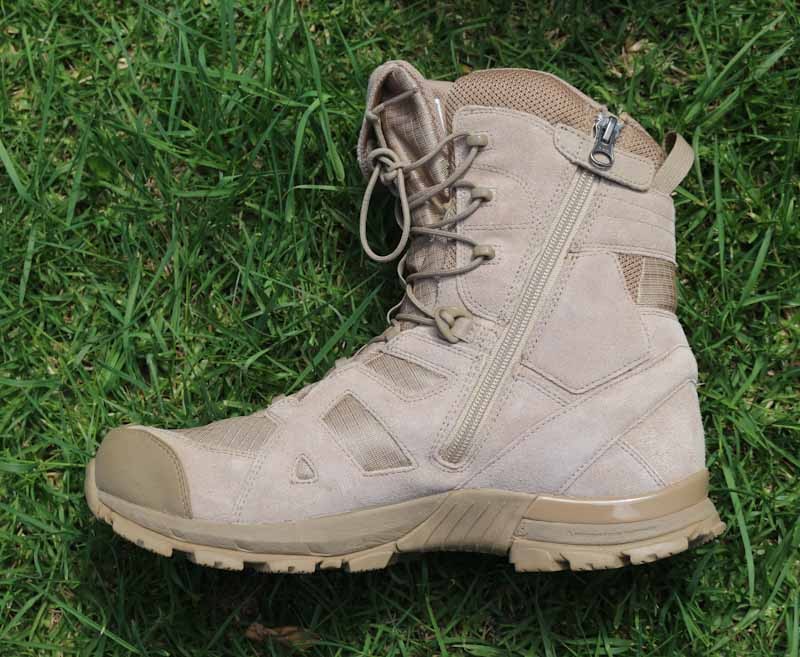
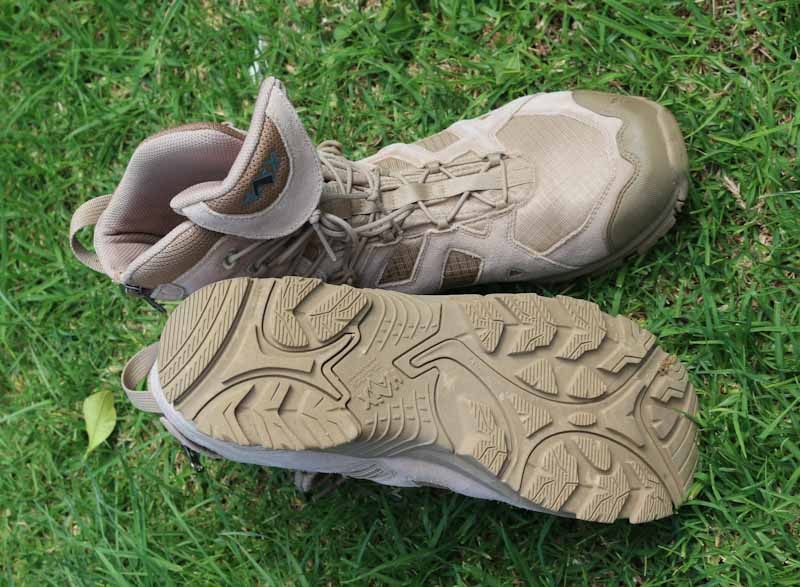
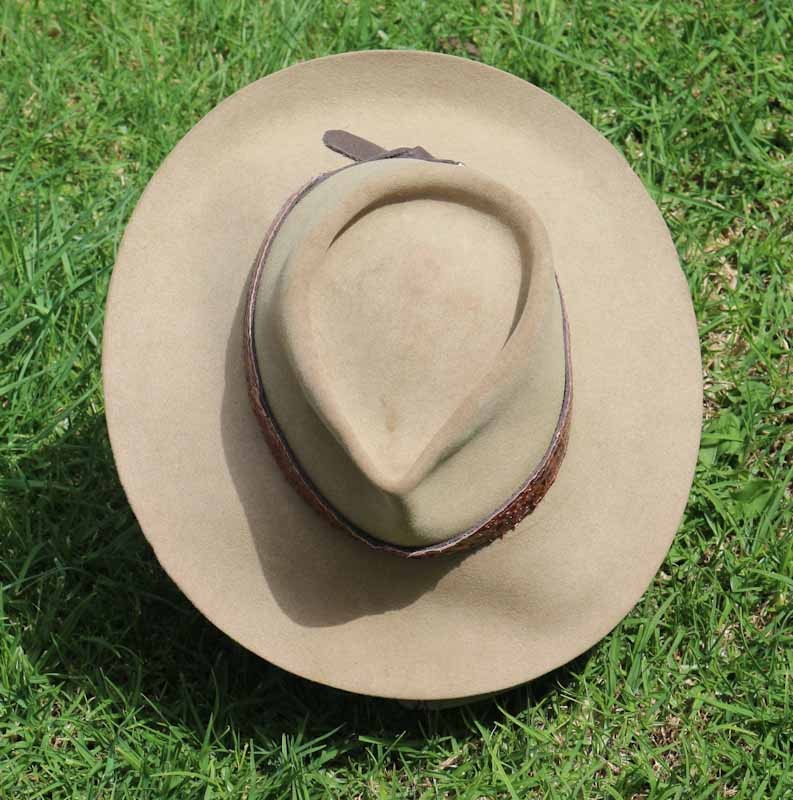
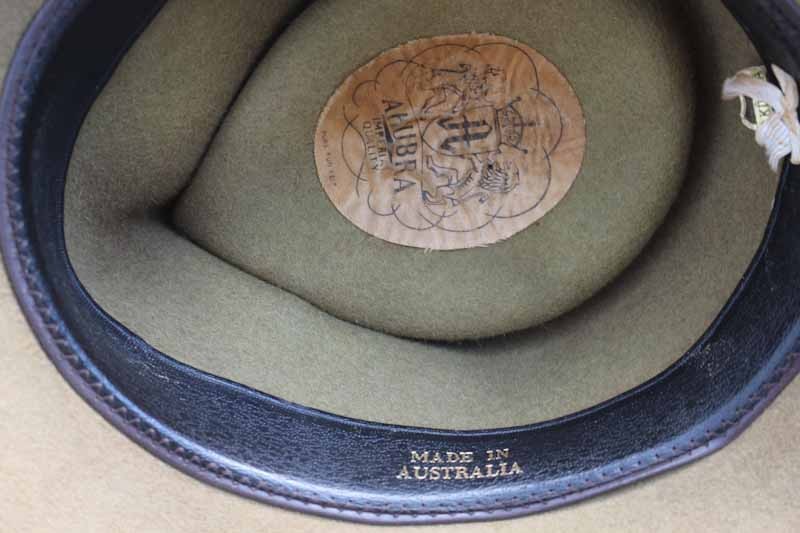
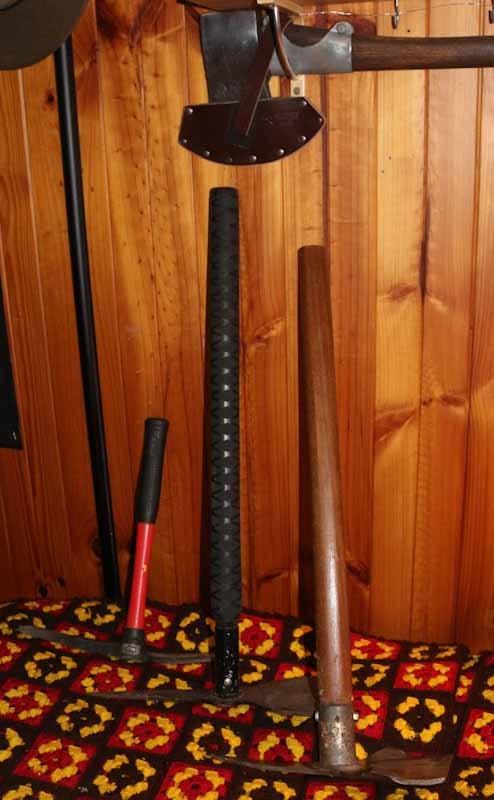
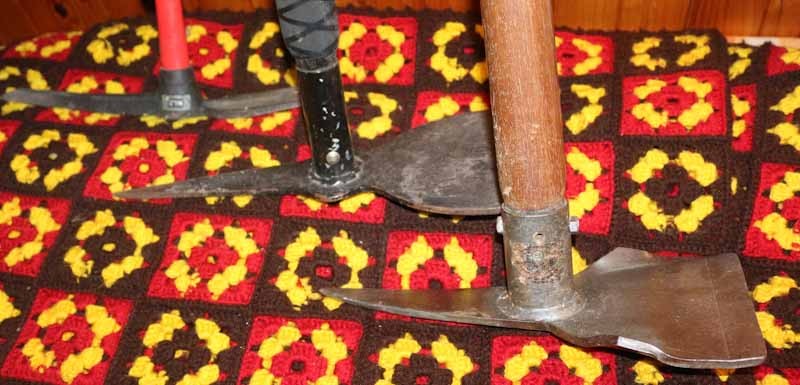
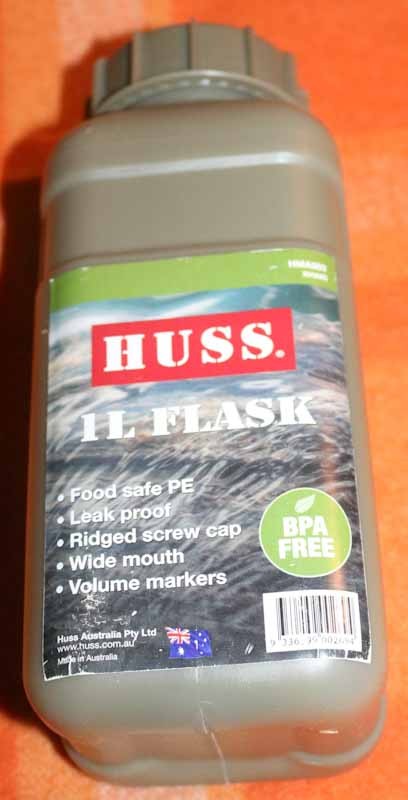
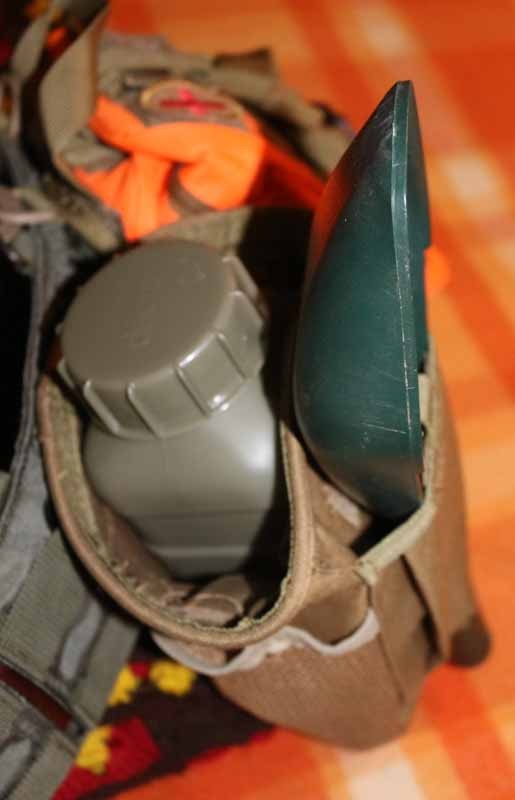
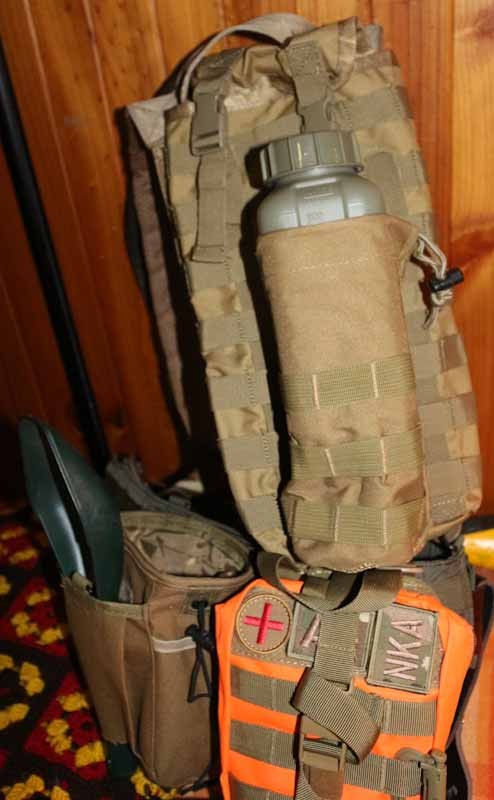
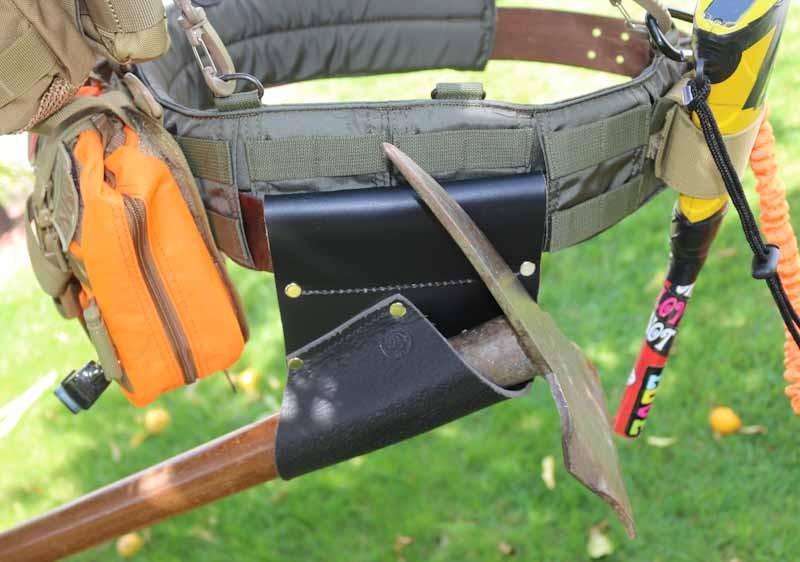
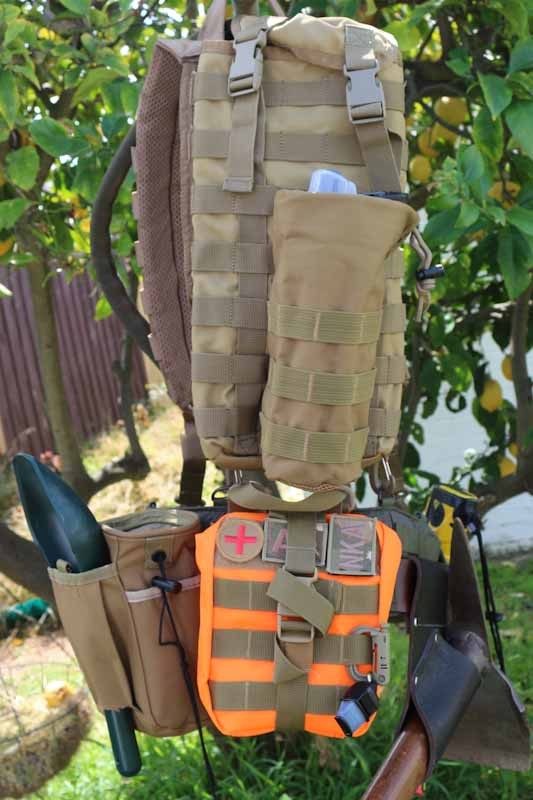
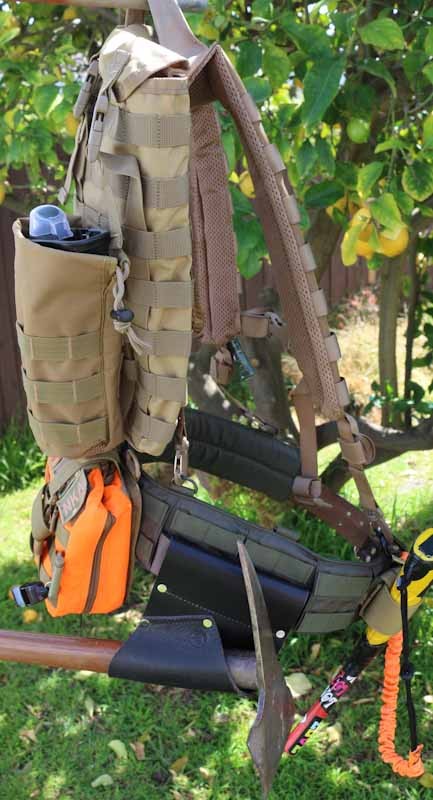
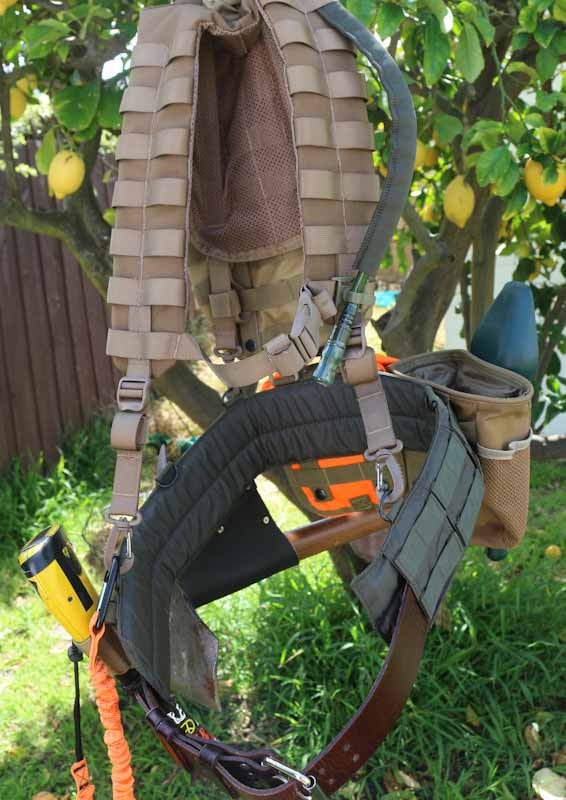


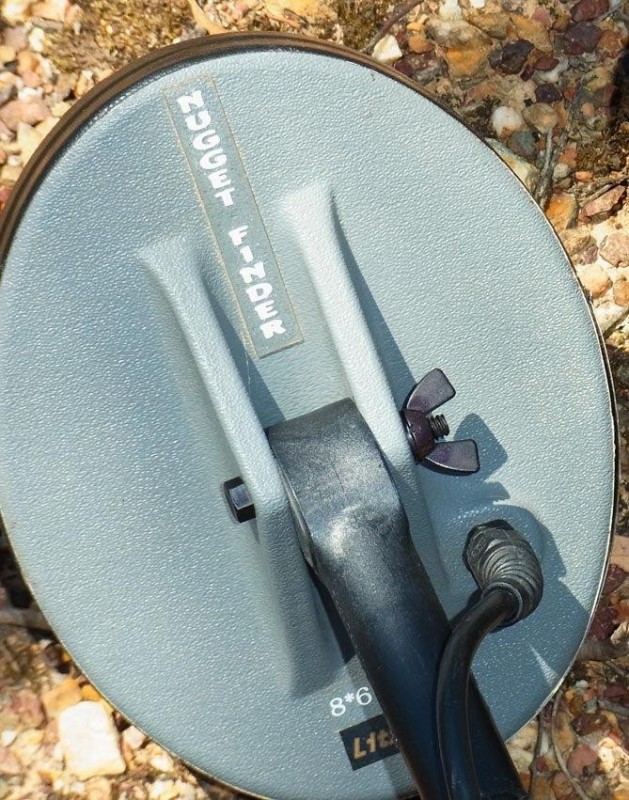
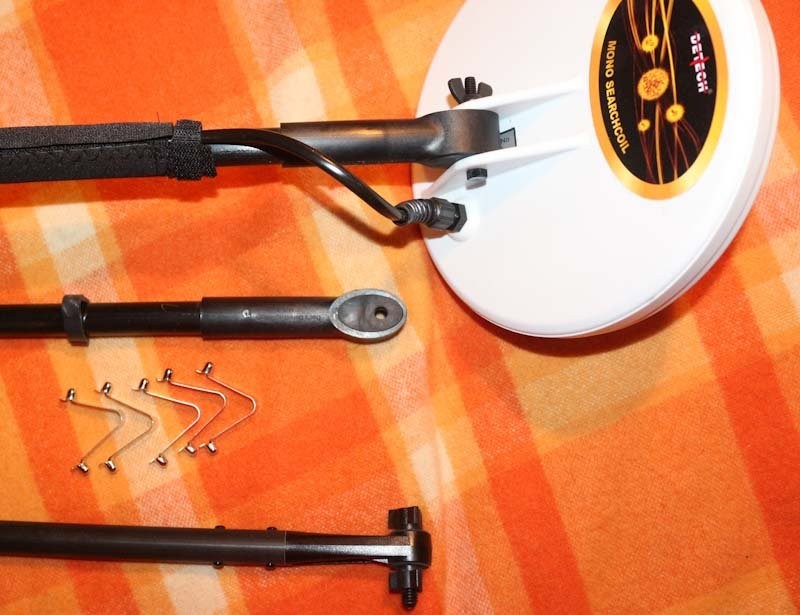
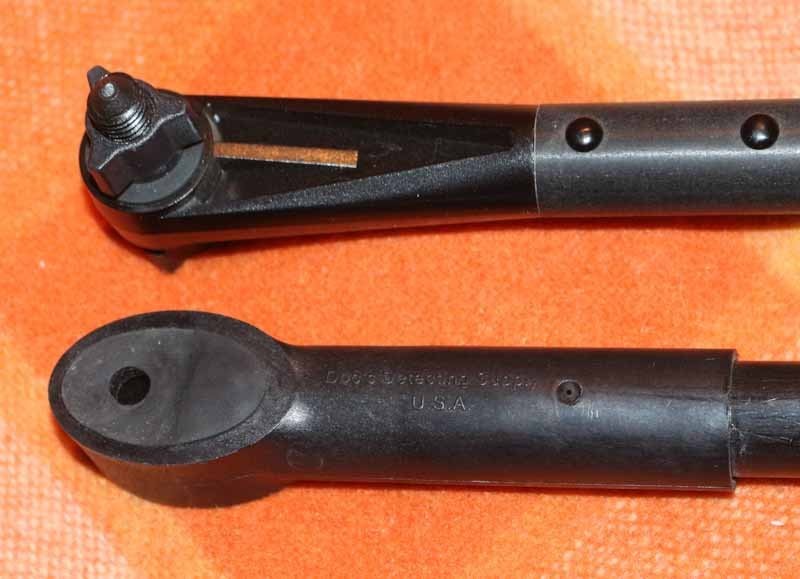
Has Anyone Used The Rnb Hp3100 Battery?
in White's Metal Detectors
Posted
Jesse the RNB HP3100 is a system using three 18650 cells, fully charged it peaks at roughly 12.5 volts. An excellent well made product that is ideal for many White's metal detectors. You are fortunate to have many excellent and cheaper options.. perhaps better ones when looking at the Tdi SL.
The 'orange pack' uses three 18650 cells, but you have to remove them from the pack and use a charger. Good if you want to put fresh cells in out in the field or update the cells. Cheap and decent quality made in Ukraine, still on fleabay.. Equal performance to the RNB. The AW2200 is the older version of the RNB HP3100, well made and reliable. Ideal for my MXT and XL PRO, but I have explored other options on the Tdi SL..
There are battery packs and modifications to the White's pack online, 9 x aa, 10 x aaa, 4 x 18650. Again spoilt for choice, so I suggest going through this forum and others, research is key here. Good luck Jesse.
Karelian